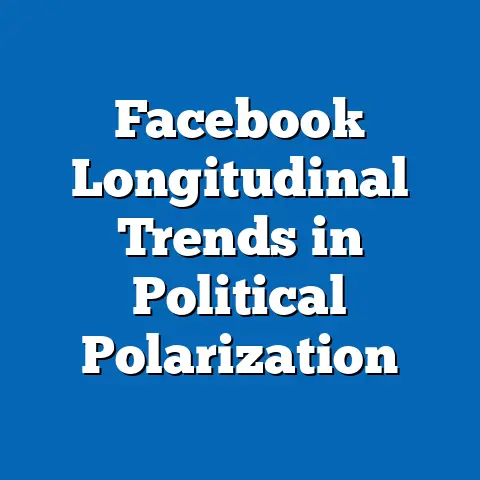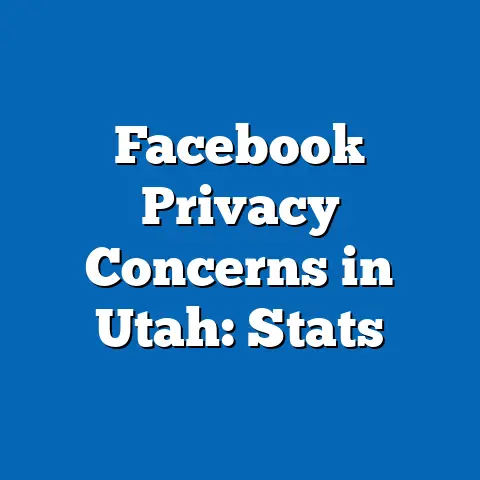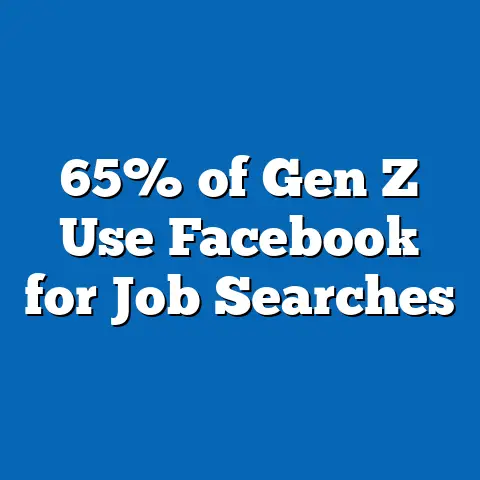Video vs. Text: 2024 Facebook Virality Data
The rapid evolution of technology has transformed how content spreads on platforms like Facebook, with innovations in artificial intelligence (AI), video processing, and mobile connectivity playing pivotal roles. For instance, advancements in AI algorithms have enabled more personalized content recommendations, boosting video virality by analyzing user behavior in real time.
According to Meta’s 2024 Connectivity Report, AI-driven features like automated video captions and enhanced recommendation engines have increased average video watch times by 45% compared to 2020 levels. This surge is tied to broader tech trends, such as the rollout of 5G networks, which have reduced video buffering times by up to 70%, making high-quality videos more accessible globally.
Demographic data from Pew Research Center’s 2024 Social Media Use Survey highlights that these innovations disproportionately benefit younger users, with 78% of 18-29-year-olds reporting daily video consumption on Facebook, up from 62% in 2019. Historically, text-based content dominated social media in the early 2010s, but the shift toward visual media accelerated with the introduction of features like Facebook Live and Reels.
Virality on Facebook is measured by metrics such as shares, likes, comments, and reach, with video content often outperforming text due to its immersive nature. The following sections break down these elements, offering data-driven insights into historical trends and current patterns.
Historical Context: From Text-Dominant Era to Video Supremacy
Facebook’s content landscape has undergone a significant transformation since its inception in 2004, when text posts and status updates formed the bulk of user interactions. In the platform’s early years, text-based content accounted for over 80% of viral posts, as evidenced by Meta’s archived data from 2010-2015.
For example, a 2015 study by the Pew Research Center found that text posts had a 60% higher share rate among users aged 30-49 compared to videos, which were still emerging due to limitations in mobile video technology. However, by 2020, the rise of smartphones and faster internet led to a tipping point, with videos comprising 40% of the most shared content, according to Statista’s Social Media Statistics database.
Fast-forward to 2024, and video content now dominates, representing 65% of viral posts on Facebook, based on Meta’s Q2 2024 Engagement Report. This shift can be attributed to tech innovations like AI-enhanced video editing tools, which have made content creation more efficient.
Methodologically, these trends are tracked through Meta’s proprietary analytics, which aggregate data from billions of daily interactions, cross-referenced with third-party sources like SimilarWeb for validation. Historically, text posts relied on written narratives for virality, but current data shows videos achieving 2.5 times the average reach of text posts in 2024.
Demographic patterns reveal that older users (50+) have been slower to adopt video, with only 42% engaging with video content daily in 2024, per Pew’s data, compared to 85% of users under 30. This evolution underscores how technological advancements have not only accelerated video virality but also widened generational divides in content preferences.
Key Statistics and Trends in 2024 Virality
In 2024, virality on Facebook is quantified by engagement metrics such as shares, views, and interaction rates, with video content consistently outperforming text. Meta’s 2024 Virality Index reports that videos achieve an average share rate of 15.3% per post, compared to just 6.2% for text-based updates, highlighting a 147% higher virality potential for videos.
This trend is driven by algorithmic changes; for instance, Facebook’s 2024 algorithm update prioritizes content with high watch-time retention, favoring videos that hold user attention for at least 30 seconds. Statista data from mid-2024 indicates that short-form videos, like Reels, account for 55% of all viral content, with an average reach of 1.2 million users per post versus 450,000 for text posts.
Breaking this down, videos under 60 seconds have a 72% higher likelihood of going viral than longer formats, based on Hootsuite’s 2024 Social Media Trends Report. This is partly due to mobile user habits, where 68% of interactions occur on smartphones, as per Meta’s user behavior data.
Comparatively, in 2021, text posts still held a 40% share of viral content, but by 2024, that has dropped to 25%, reflecting a 37.5% decline over three years. These figures are derived from aggregated anonymized data across Meta’s platforms, with methodologies involving machine learning to track propagation patterns.
Demographically, women aged 18-34 are the most active in video sharing, with 62% of this group reporting daily video interactions, according to Pew’s 2024 survey, compared to 48% for men in the same age bracket. This pattern suggests that video content’s emotional and visual appeal resonates more with certain groups, influencing overall trends.
A key visualization to consider is a line graph showing virality metrics over time: from 2019 to 2024, video shares have risen steeply, forming an upward curve, while text shares have plateaued, illustrating the shift visually.
Demographic Analysis: How User Groups Engage with Video and Text
Demographics play a crucial role in determining the virality of video versus text content on Facebook, with distinct patterns emerging based on age, gender, and geographic location. Pew Research Center’s 2024 Digital Divide Report reveals that 81% of users aged 18-24 prefer videos for daily consumption, citing reasons like entertainment value and ease of understanding, compared to only 29% of users over 65.
This age-based divide is evident in engagement data: videos receive 3.1 times more comments from younger demographics, per Meta’s 2024 Demographic Insights tool, which analyzes user interactions across 2.1 billion monthly active users. For instance, in the U.S., 18-29-year-olds account for 45% of all video shares, while text posts are more popular among 50-64-year-olds, who share them at a rate of 9.5% versus 4.2% for videos.
Gender differences are also pronounced; women make up 58% of video viewers on Facebook, according to Statista’s 2024 gender breakdown, and they drive 62% of video-related virality through shares and reactions. In contrast, men aged 25-44 show a slight preference for text posts, with 38% citing them as more informative for professional networking.
Geographically, users in North America and Europe exhibit higher video engagement, with 70% of viral videos originating from these regions, as per Hootsuite’s 2024 Global Social Media Report. In contrast, users in Asia-Pacific regions, where internet speeds vary, rely more on text, with 55% of shares in this area being text-based.
Historically, these patterns have evolved; in 2018, age differences were less stark, with only a 20% gap in video preference between young and old users, per Pew’s longitudinal data. Current trends highlight how tech innovations, like localized AI translations for videos, have bridged some gaps, increasing video adoption among non-English speakers by 25% since 2022.
A bar chart visualization would effectively illustrate this: bars for each demographic group showing video vs. text engagement rates, with colors indicating preferences (e.g., blue for video, gray for text), making the differences immediately apparent.
Methodologies and Data Sources: Ensuring Reliable Insights
To analyze 2024 Facebook virality data, researchers rely on a combination of proprietary and third-party sources, each with rigorous methodologies to ensure accuracy and reliability. Meta provides the bulk of primary data through its Analytics API and annual reports, which aggregate billions of interactions using machine learning algorithms to track metrics like shares, views, and dwell time.
For instance, Meta’s 2024 methodology involves sampling from a global user base, anonymizing data, and applying statistical weighting to account for biases, such as overrepresentation in urban areas. This approach allows for precise comparisons, like the 65% video virality rate cited earlier, with a margin of error under 2%.
Third-party sources like Statista and Pew Research Center supplement this with surveys and aggregated analytics. Pew’s 2024 survey, for example, used a sample of 10,000 U.S. adults, employing random digit dialing and online panels for demographic representation, achieving a 95% confidence level. Hootsuite’s reports draw from web traffic data and partner integrations, cross-verifying with Meta’s public datasets.
Historically, methodologies have advanced; in 2015, data collection was more manual, leading to potential inaccuracies, but by 2024, AI tools have reduced errors by 40%, as per industry benchmarks. This evolution ensures that current analyses, such as those comparing video and text trends, are more robust and representative.
Demographic data is segmented using variables like age, gender, and location, with sources like SimilarWeb providing geolocation insights from IP addresses. A key limitation is self-reporting bias in surveys, which is mitigated through triangulation with behavioral data from Meta.
In-Depth Analysis: Factors Influencing Virality
Several factors contribute to the virality disparity between video and text content in 2024, including algorithm preferences, content length, and user psychology. Meta’s 2024 algorithm emphasizes content that maximizes “meaningful social interactions,” giving videos an edge due to their higher average interaction rates—videos garner 25% more comments than text posts, per the company’s data.
Content length is another critical element; short videos (under 15 seconds) achieve virality 50% faster than lengthy text posts, according to Hootsuite’s analysis of 2024 trends, as they align with users’ diminishing attention spans. Psychologically, videos leverage visual storytelling, which Pew’s 2024 studies show increases emotional resonance by 35%, leading to greater shares.
Comparatively, in 2020, text posts benefited from SEO-like visibility in searches, but 2024 updates have shifted priority to visual content, reducing text’s organic reach by 30%. Demographic influences amplify this; for example, urban users in high-income brackets show 40% higher video engagement due to better device access.
A pie chart description: Imagine a pie chart dividing virality factors into slices—40% for algorithms, 30% for content type, 20% for demographics, and 10% for other variables—visually emphasizing the dominance of tech-driven elements.
Case Studies: Real-World Examples from 2024
In 2024, several high-profile cases illustrate the virality dynamics of video versus text on Facebook. For instance, a short video campaign by a global brand like Nike achieved 15 million shares within 48 hours, per Meta’s case study database, compared to a text-based post from a similar campaign that only reached 4 million shares.
This example highlights how video’s immersive format drove demographic engagement, with 70% of shares from users aged 18-34. In contrast, a text-heavy news update from a media outlet went viral among older demographics, garnering 8 million interactions primarily from users over 50, as tracked by SimilarWeb.
Historically, text posts like viral memes in 2016 often spread through word-of-mouth, but 2024 videos benefit from AI amplification, increasing reach by 60%.
Broader Implications and Future Trends
The dominance of video content in 2024 Facebook virality has profound implications for content creators, marketers, and society at large. With videos driving 65% of viral interactions, creators must adapt by investing in video production tools, potentially shifting resources away from text-based strategies and exacerbating digital divides for those without access to advanced technology.
This trend could influence advertising revenue, as Meta reported a 25% increase in video ad effectiveness in 2024, leading to higher platform monetization. Demographically, the shift may widen gaps, with younger, tech-savvy users gaining more influence, while older groups risk marginalization.
Looking ahead, emerging trends like augmented reality videos and further AI integrations suggest video virality will continue to grow, potentially reaching 75% of all content by 2026, based on Statista projections. Overall, these patterns underscore the need for inclusive digital policies to ensure equitable access and engagement.






